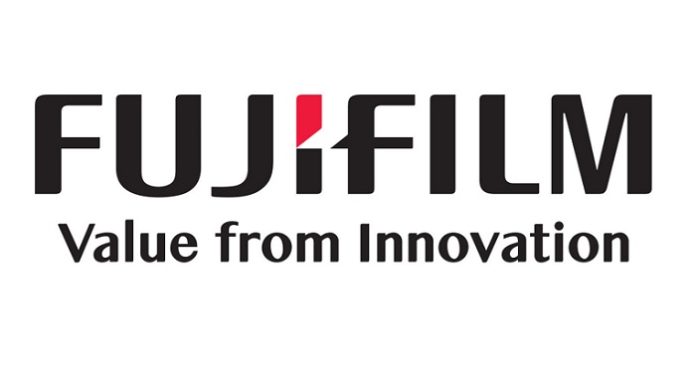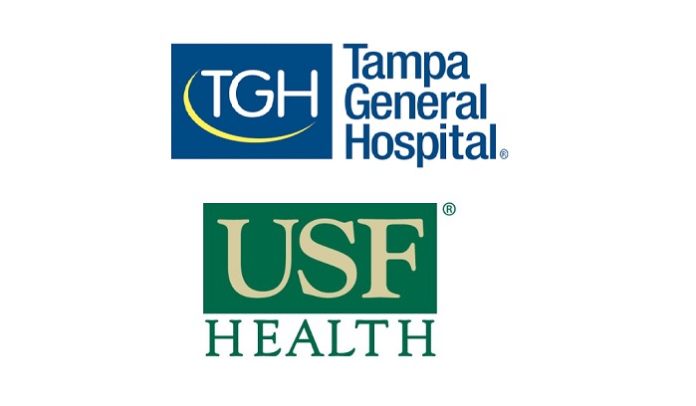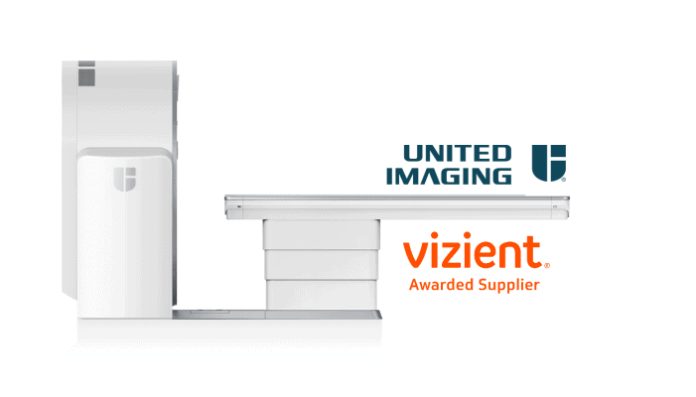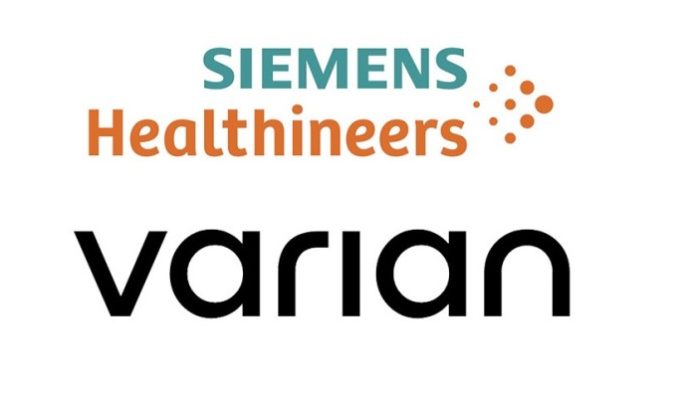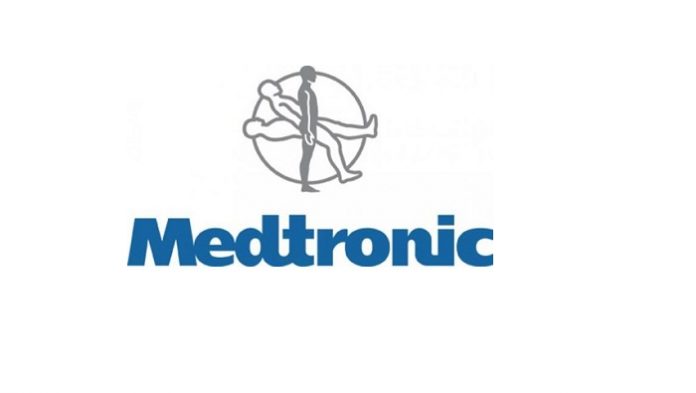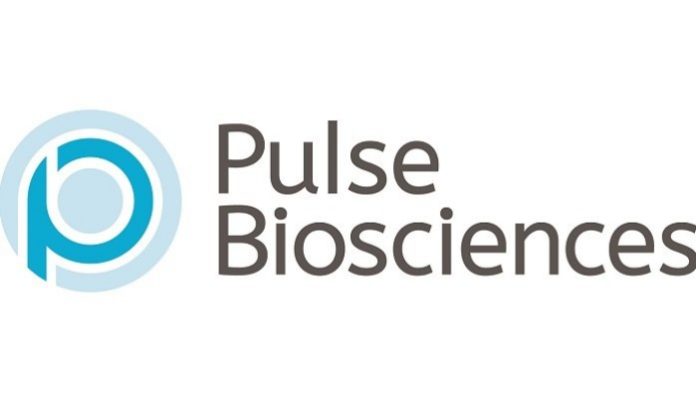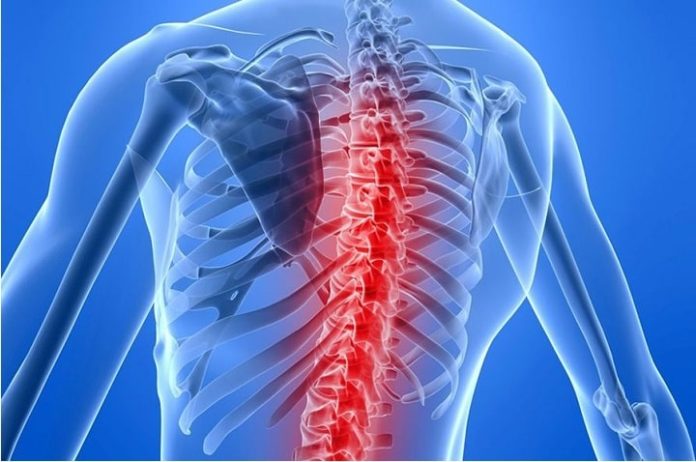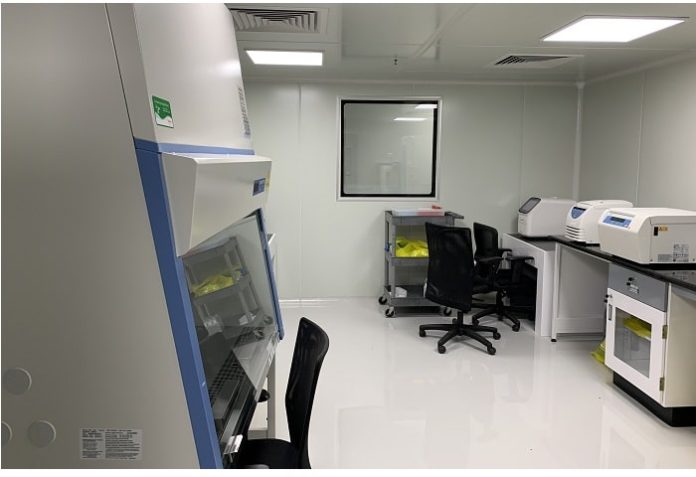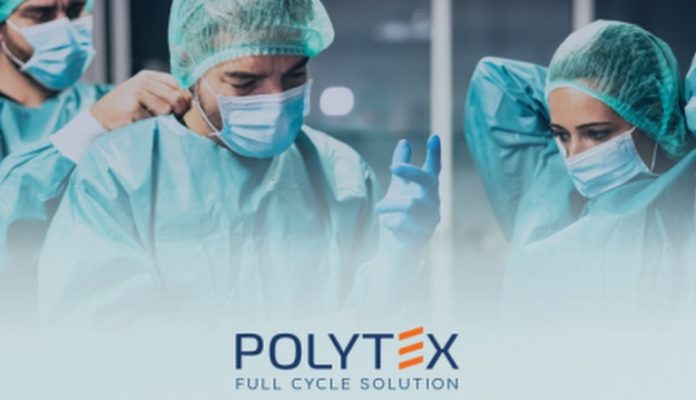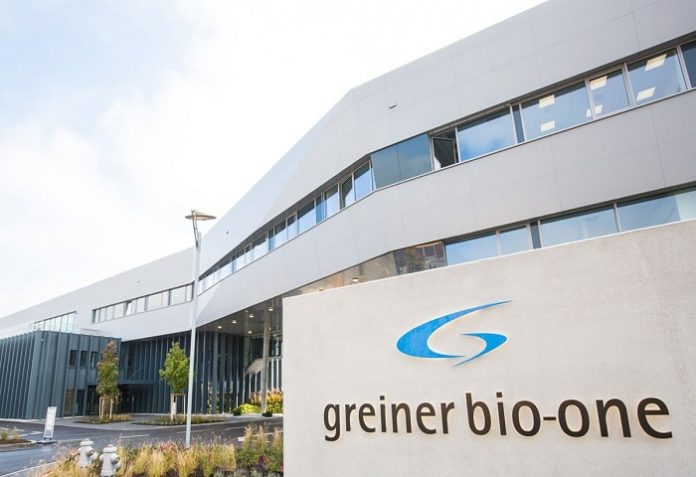Fujifilm India, a leader in the development and application of imaging and information innovations in healthcare technologies has unveiled its globally proclaimed “Never Stop” series in India. The new film titled, ‘Never Stop Innovating for a Healthier World’ highlights how life-changing technologies can enable people to move beyond their health challenges to pursue all that inspires them.
The campaign articulates the thought on ‘preventive healthcare with a mantra of Innovating for a healthier world.’ While serious diseases may seem to limit an individual’s capabilities and begin to define them, innovative new medical technologies from Fujifilm India can help empower people with the high-functioning imaging solutions and knowledge they need to lead a longer life.
Commenting on the campaign, Haruto Iwata, managing director, Fujifilm India Pvt Ltd, said, “For us, it has been about celebrating the ‘Never Stop’ spirit of people and inspiring them to learn the possibilities that good care can bring. We are aiming at shaping the future of healthcare in India with our leading technologies, equipment’s and solutions. This year, we are showcasing the ways in which we help touch the lives of people through these technologies to lead healthier and better lives.”
Tribhuwan Joshi, Lead, brand communication, PR & CSR Fujifilm India stated, “As part of our global campaign, we are thrilled to strengthen our commitment to ‘Never Stop’ believing, innovating, changing and challenging for a healthier world. We are following a 360-degree approach and the campaign will be promoted across all print and digital mediums like metro stations, airports and hospitals. With this campaign, we aim to offer solutions to the consumers for a safer and healthier tomorrow.”
The digital film, conceptualized and created in collaboration with Cheil India will be premiered across key digital media platforms and leading OTT platform-Zee5.
Jaibeer Ahmad, sr. vice president of Cheil India stated, “The campaign showcases Fujifilm’s unwavering commitment of introducing innovative healthcare products and services to the Indian market. Given the interesting concept of ‘Never Stop’, we thought of creating a film that builds a strong emotional connect with the audience and resonates with the brand”.

















